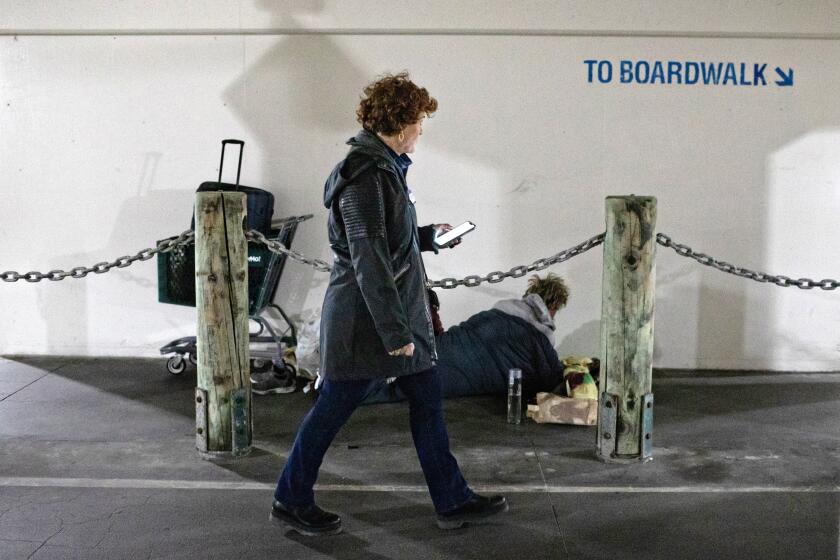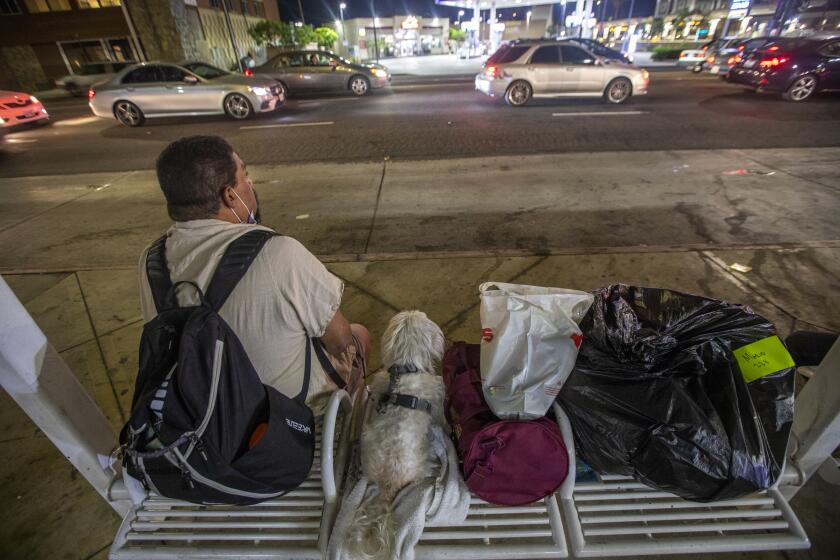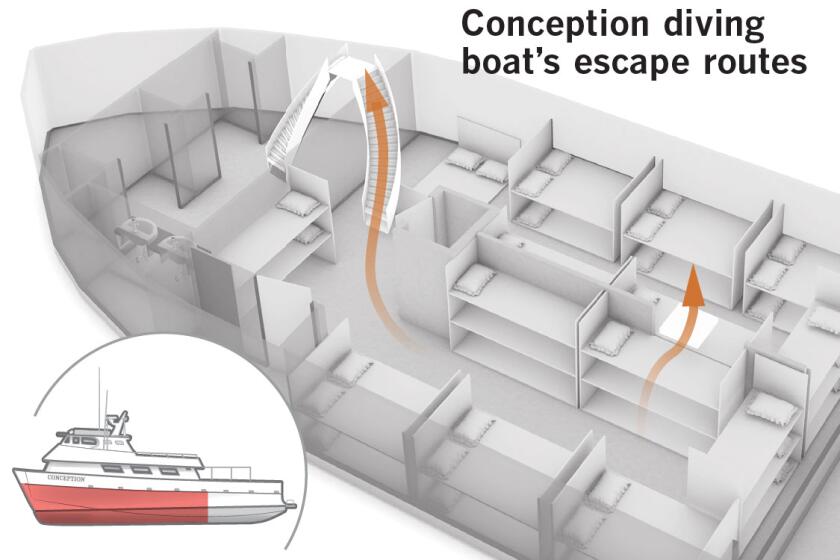L.A.’s rich are already scheming ways to avoid new ‘mansion tax’

- Share via
Death and taxes are life’s two certainties — but not if the rich can help it.
Just weeks after Los Angeles voters backed a new measure that puts a one-time transfer tax on property sales above $5 million to generate money for affordable housing and homelessness prevention, the city’s affluent homeowners are exploring potential ways of avoiding the tax.
Known as Measure ULA — for United to House LA — the ordinance marketed as a “mansion tax” will impose a 4% tax on property sales above $5 million, rising to 5.5% on sales above $10 million. So a $5-million sale would include a $200,000 tax, and a $10-million sale would include a $550,000 tax, which is typically paid by the seller.
It’s set to take effect April 1, and it’s already causing shock waves in the L.A. housing market. While some analysts say high-end transactions will remain highly profitable, others fear the tax will not only drive high-end developers elsewhere, but also discourage the construction of multifamily housing that it was meant to foster.
Agents say homeowners and developers are already rushing to sell before the deadline.
“For owners who were on the fence about selling, this will speed up the process,” Compass agent Bret Parsons said.
Eviction moratoriums and relief checks helped thousands of people avoid homelessness during the pandemic, a study finds. Its authors say the same measures should be used in the event of a recession.
He said he had one client who was planning to slowly downsize and sell sometime in the next six months, but called Parsons right after the measure passed saying he’d clean the place up immediately so they could list it in the next few weeks. The new tax would take a chunk out of his retirement fund, and he needs to sell before April.
Others are getting a bit more creative. Because the tax affects only sales above $5 million, some homeowners are looking into splitting up their properties into smaller parcels with different ownership entities so they can avoid the tax altogether.
For example, if a homeowner is selling a mansion for $15 million, they’d be slapped with a $825,000 tax bill. But if they split up the property into three parts owned by three different entities and sold all three pieces for $4.999 million each, they would hypothetically elude the tax since it kicks in only at $5 million.
The measure hasn’t gone into effect yet, so the legality of such a move remains unclear, and the city will probably take measures to stop such maneuvers. But homeowners are exploring every avenue.
“Rich people are very clever. They know how to manage cash, and they have time to look for loopholes,” Parsons said.
Ordinance ULA would impose a one-time 4% tax on property sales above $5 million that would rise to 5.5% on transactions above $10 million.
Another strategy might be to hatch deals off the books to keep a sale under $5 million. For example, if a seller wanted $7 million for their house, they could reach a deal with a buyer to sell it for $4.999 million, thus avoiding the tax, but then sell the furniture in the home for $2 million.
Parsons said such deals are definitely illegal, but there will be crooks who attempt it.
Jason Oppenheim of the Oppenheim Group called the tax a travesty. He says sales will skyrocket for the next three months, but once the tax kicks in, the market will freeze. Sellers will hang on to their properties, and buyers won’t buy unless they plan to own for multiple decades.
“It’s going to push developers out of L.A.,” he said. “A 4% or 5.5% tax equates to 20 to 30% of developer profits. So those developers will choose to develop in other luxury communities where they won’t have to pay the tax, such as Beverly Hills, West Hollywood or Newport Beach.”
The measure may also cause some interesting wrinkles in sale prices. For example, there probably won’t be any more sales in the $5 million-$5.2 million range or the $10 million-$10.55 million range because the seller would net less money than if they sold at $4.999 million or $9.999 million, respectively.
“It creates market inefficiencies and breeds that type of behavior,” Oppenheim said.
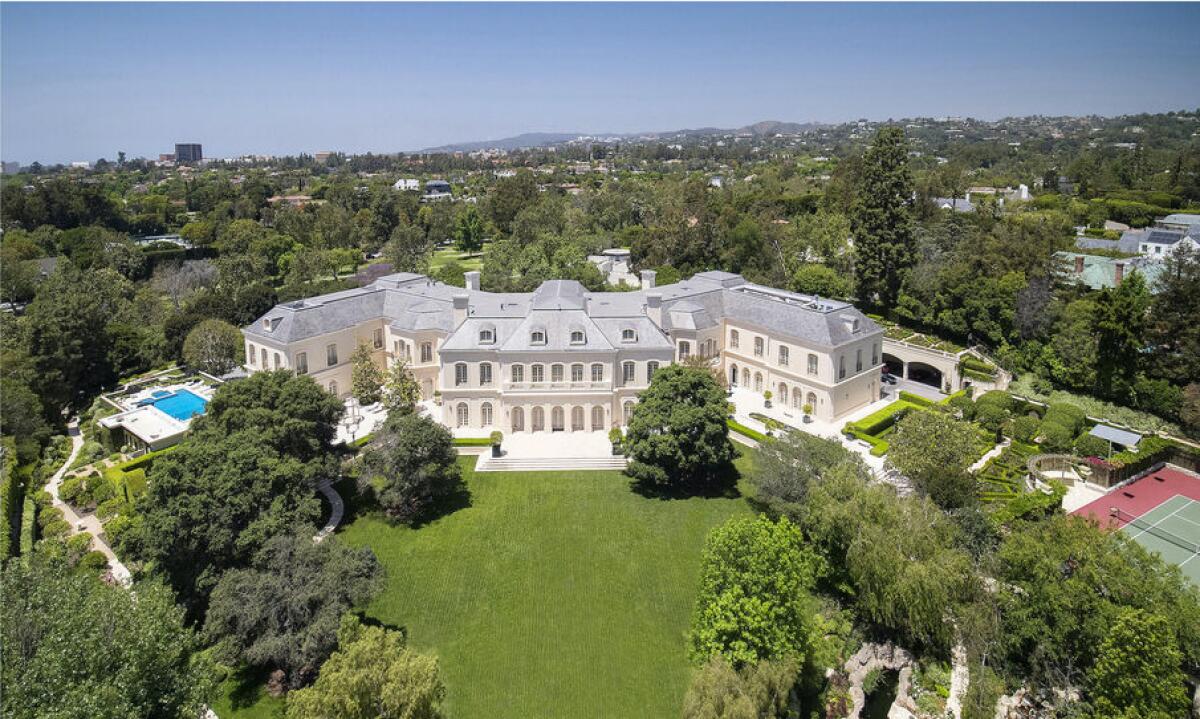
Housing analysts say the measure’s success at the polls was partly due to its branding as a “mansion tax” because the majority of voters don’t own mansions and wouldn’t be directly affected by it.
An analysis published by UCLA’s Lewis Center for Regional Policy Studies supports that notion, saying the tax will affect only about 4% of overall real estate transactions in a given year, including commercial, and less than 3% of single-family home and condo sales. But it’s a small percentage with a big effect; if the tax were to have been placed on sales in the city from June 2021 to June 2022, it would’ve raised more than $900 million — a massive increase from the $207 million that existing transfer taxes currently raise annually at the rate of 0.45%.
Data from the Multiple Listing Service suggests that single-family home sales would be affected about five times as much as condo sales. Of the 5,498 single-family homes that have traded hands in L.A. so far this year, 229 have sold for $5 million or more — about 4.17%. Of the 2,526 condo sales in L.A. so far this year, only 22 have sold for $5 million or more — about 0.87%.
There’s plenty of precedent for transfer taxes, which have been used for years to generate funds in major cities. San Francisco has a six-tier system that starts at 0.5% for sales above $100 and maxes out at 6% for sales above $25 million. New York City charges a 2.075% tax paid by the seller for property sales that exceed $3 million as well as a mansion tax paid by the buyer that ranges from 1% to 3.9% depending on purchase price.
In 2020, Culver City approved a marginal four-tier transfer tax, starting at 0.45% for sales below $1.5 million and maxing out at 4% for sales above $10 million.
Measure ULA creates a stream of money — up to $1 billion a year — and citizen oversight to tackle homelessness. Voters have backed it by a wide margin.
Shane Phillips, the housing initiative project manager for UCLA’s Lewis Center, wrote a report that helped inspire Culver City’s transfer tax. He also co-wrote two reports studying the potential effects of Measure ULA.
He said the tax is a good way for property owners who have done well financially to contribute to solving city problems that come from the appreciation of their property values, but the overall effect may come down to one key factor: exemptions.
As of now, everyone is on the hook for the tax: residential homeowners, commercial property owners, developers, etc. For most sellers, he said, the transfer tax shouldn’t be that big of a deal. Over the last decade, property values have risen significantly, so a one-time tax isn’t that big of a burden.
But given L.A.’s housing shortage, he thinks developers building mixed-income multifamily housing should be exempt from the tax, or else they might be discouraged from building such projects. As it stands, developers who buy land for less than $5 million and then construct multifamily housing on it, likely pushing its value above $5 million, would owe the transfer tax whenever they sell the property.
“If potential profits go down, landowners might be incentivized to sit on their land instead of developing it or selling it to a developer,” Phillips said. “I’m not concerned for the welfare of landowners, but we have to acknowledge the economic reality that these people have choices. And we’ve made the choice to develop less compelling in some cases.”
The measure includes language that would allow city leaders to amend the rules if it furthers the purpose of the initiative, he said. If it were up to him, Phillips would exempt multifamily housing developers from the tax given L.A.’s dependence on for-profit development.
“L.A. has very ambitious housing production goals going forward, and we shouldn’t be putting barriers in front of that production,” he said. “I want to see us be able to raise a lot more money for subsidized housing without it coming at the expense of private housing production, which is also essential.”
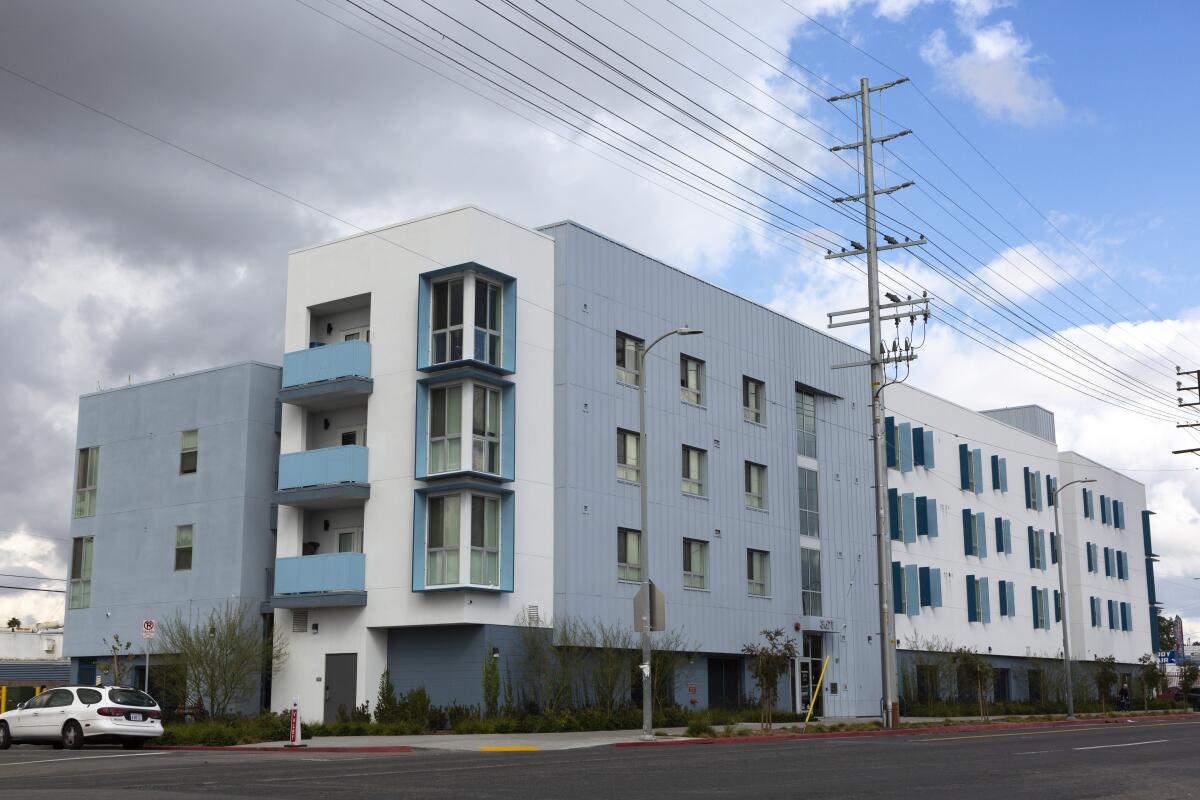
Doug Praw, a partner at the Holland & Knight law firm, was surprised to see the measure pass. He acknowledged the city has a homelessness crisis and a dramatic need to increase affordable housing but warned that the taxes placed on developers could come out of renters’ pockets.
“There’s a domino effect. Even though the tax is on higher price points, those funds have to come from somewhere,” Praw said.
He gave an example of building apartment units on a piece of vacant land valued at less than $5 million. But once the units are built, the land could be worth $12 million and would then trigger the transfer tax. To cover the tax and still manage a profit, a developer might charge higher rent.
Praw also said the tax will affect commercial investors more than homeowners because a greater percentage of commercial properties trade above the thresholds of $5 million and $10 million compared with the typical home.
“The city’s in a tough spot. You have to raise funds to combat the lack of affordable housing, but you’re doing it on the backs of the real estate community that is now dealing with higher taxes and higher interest rates,” he said.
As development fills every crack of L.A. County, some of the most prized parcels are left untouched. Why?
Peter Dreier, a professor at Occidental College who co-wrote the UCLA report and worked with the people who drafted Measure ULA, said he isn’t worried about the tax’s effect on the private sector because the private sector has failed to build efficient affordable housing.
“Any housing that a janitor or nurse or teacher can afford already requires government subsidies,” he said. “There’s no affordable housing anywhere in L.A. without subsidies. The private sector hasn’t been able to build it, which is partly why we’re in this crisis.”
He disagreed with the argument that the tax will raise rents, saying that landlords already charge as much rent as the market will allow. And as for the claim that the tax will discourage development, he said it will only affect one type of developer: house flippers.
“The people who want to build property and flip it immediately, they’ll be the ones that pay,” Dreier said. “Real estate here is very profitable. The one-time tax is a small percentage of average home appreciation over the last three to five years.”
He takes the complaints from real estate agents with a grain of salt, saying it’s their job to criticize any new tax or regulation. He said if the agents were really worried about the sellers, they’d take a smaller cut themselves.
“Realtor fees are onerous compared to the size of this transfer tax,” he said.
L.A. Reads
L.A. Guides
More to Read
Sign up for Essential California
The most important California stories and recommendations in your inbox every morning.
You may occasionally receive promotional content from the Los Angeles Times.

